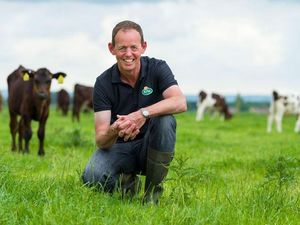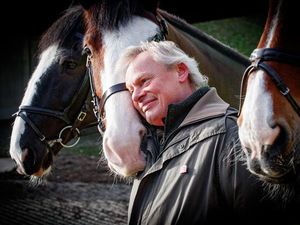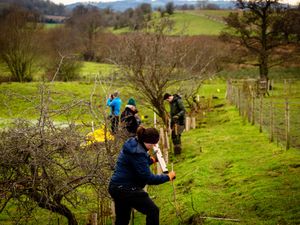Dry housing is a happy home for cows
I’ve seen great progress being made in mastitis control in dairy herds, thanks to a focus on housing, dry cow management and minimising stress factors.

While herds are housed indoors for winter, what better time to assess whether your buildings and system are contributing to your herd’s mastitis?
For me, dry cow housing is a good place to start, but on many farms I visit, this can be low on the priority list. "Out of sight, out of mind" is too often the philosophy, yet when it comes to reducing mastitis it’s as crucial as during lactation.
The advice is system specific, but fundamentally in any system it is important to ensure bedding is kept clean and dry. Stocking density can impact too, often increasing humidity and in turn the need for ventilation, so it’s important to meet the recommended targets of allowing at least 7.5m2/cow for lying and at least 3.0m2/cow for loafing and feeding.
It’s understandable that farmers may see managing mastitis as a daunting task because it is influenced by so many different factors, so I recommend farmers adopt a team approach and get their vet, the nutritionist and housing advisor together to assess all risk factors on farm.
Steph Small is a vet and MSD Animal Health dairy advisor





